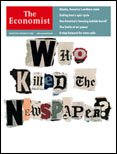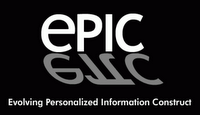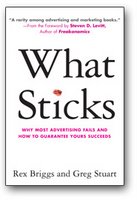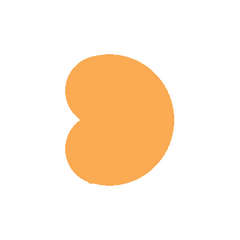Toyota wins Sappi Print Media Efficiency Award at Euro Effies
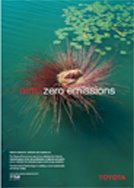
At the Euro Effies 2006 competition Toyota was awarded with the Sappi Print Media Efficiency Award. This Award honours Effie Winners that have spent at least 40% of their budget on print media. This is a great way to support and also to demonstrate the advertising value of print. The Toyota case is on strengthening the "environmentally friendly" character of the brand. Eighty percent of the total budget was allocated to print media that reached the opinion leaders in Europe. The campaign generated a return of € 2.58 for every € 1 spent and increased the awareness of Toyota as an environmental leader to 61% (of people having seen the ad).

